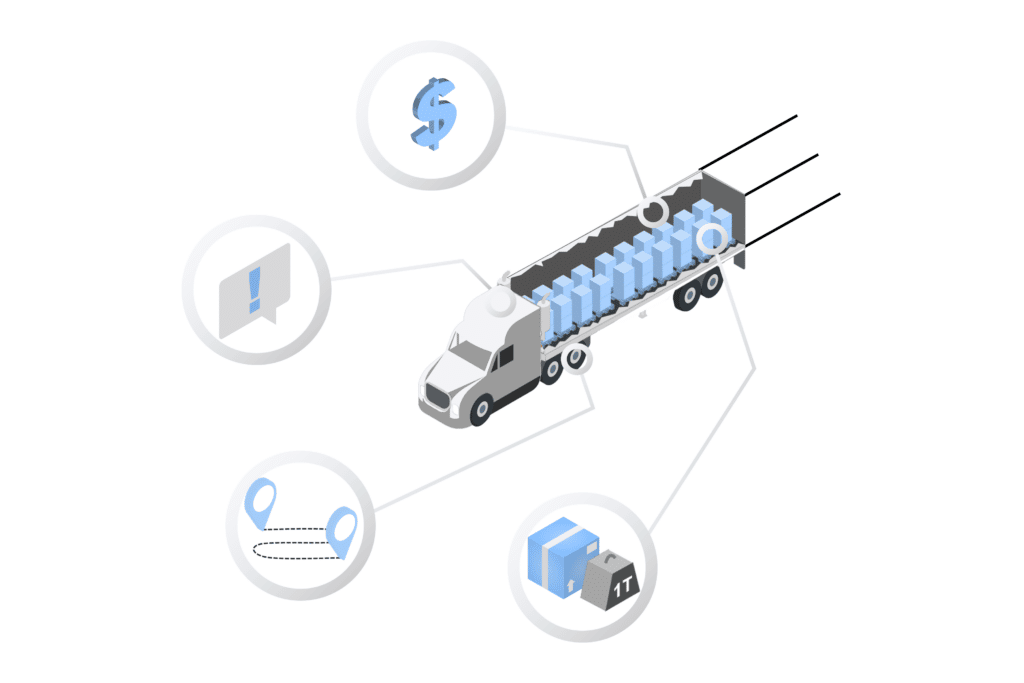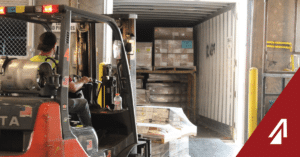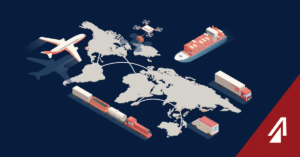The logistics industry is a non-stop operation that cannot always adapt quickly to changes. Forecasting can help determine when to restock materials, but last-minute delays or weather disasters can often put a strain on inventory levels. When these disruptions arise and OTD is in jeopardy, expediting shipments becomes necessary to avoid shutdowns.
Before making the call to expedite a shipment, take into account the following four factors.
Distance
Moving freight on short notice increases the shipment’s complexity. Generally speaking, freight that needs to be moved in a short amount of time will cost more to ensure on-time delivery. With more notice, logistics providers can carefully evaluate routes and provide several options. With expedite service, providers focus on moving freight to its final destination on the quickest route possible- this typically means booking the fastest mode or first option available. Some critical expedites require team divers or air charters to make OTD, and they drive up the cost as well.
Shape and Weight
The shipment’s shape and weight greatly affect the costs and means of moving an expedite. Moving heavier or awkwardly-shaped materials restricts what type of options are available and would rule out using consolidation networks and smaller trucks. Using larger options like flatbed trailers or dry vans inherently costs more. Weight also affects the shipping price when freight is sent via air charter. Air charters often move heavier loads, but finding one on short notice will drive up the cost and reduce the number of options.
Importance
Before deciding to expedite your freight, it is important to determine how soon freight is actually needed. Often SCMs think that once a shipment is missed or moving slower than originally planned it becomes a critical load. This might not always be the case. When a shipment is delayed, it is necessary to evaluate the material on hand and what the immediate production needs are. There may be other options for quick pick up and shipping without having to expedite the shipment.
Costs
Load complexity can significantly drive up costs. Finding a carrier, quickly, that can meet the route, size, shape, weight, and time requirements is often more expensive than if planners had more lead time. Planners can use the lead time to find more options from carriers looking for this type of load specifically and ones who will merely settle for it. Market capacity is often tight to begin with, so persuading carriers to take loads quickly can often cost more.



